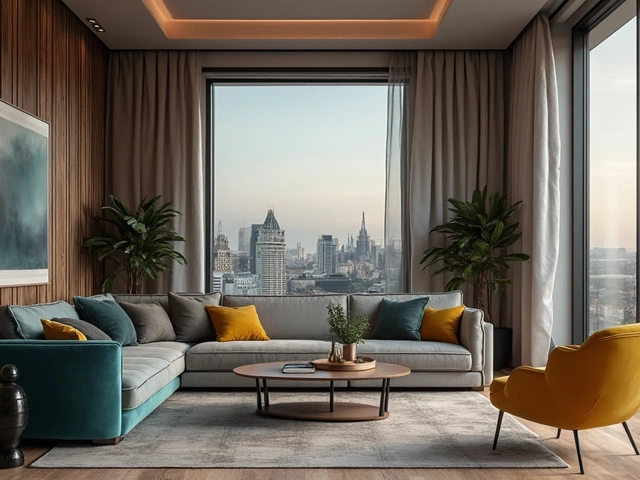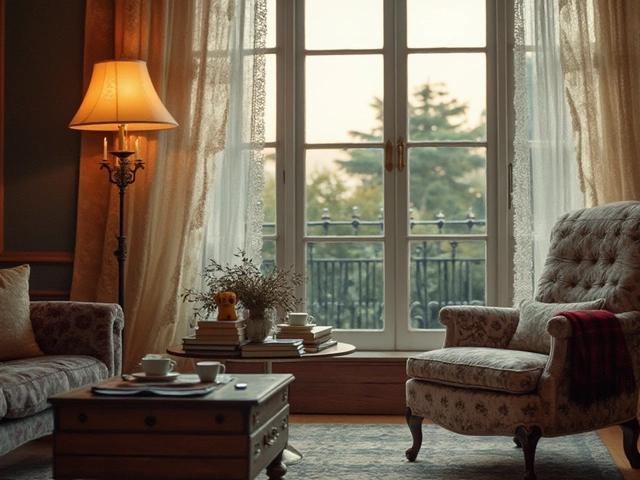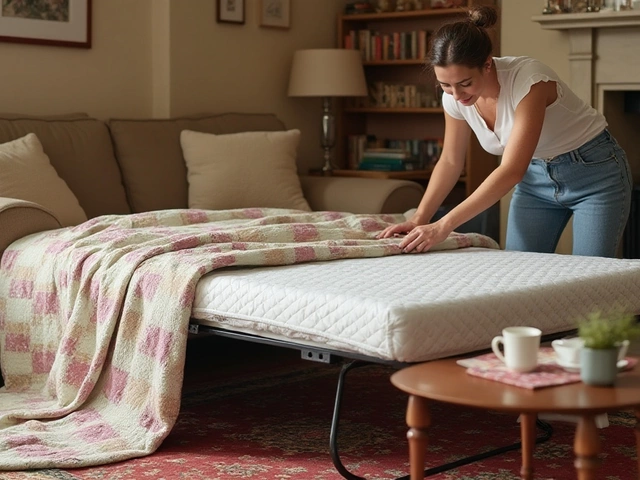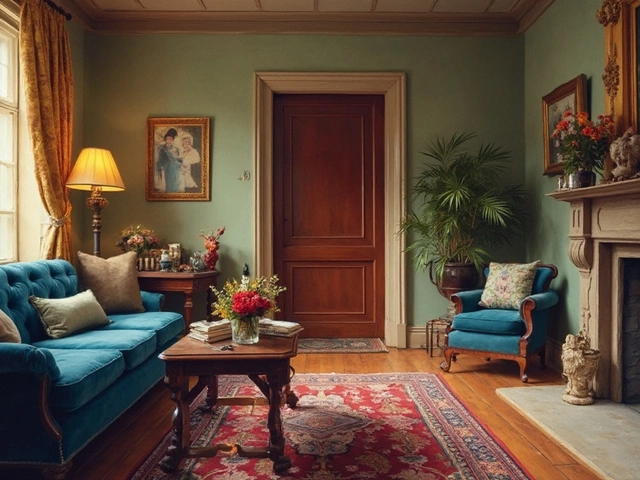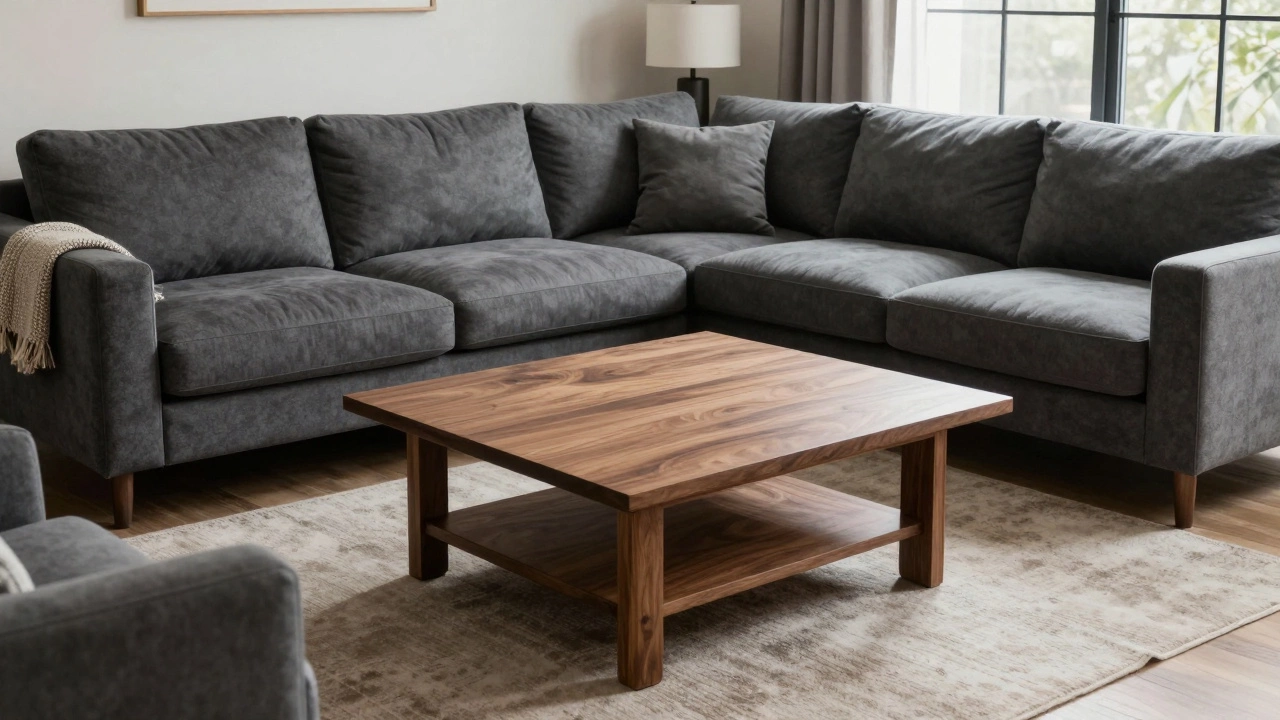
How to Pair a Coffee Table with a Couch for a Balanced Living Room
Learn how to choose the right coffee table size, shape, and height to pair with your couch for a balanced, functional living room that feels comfortable and intentional.
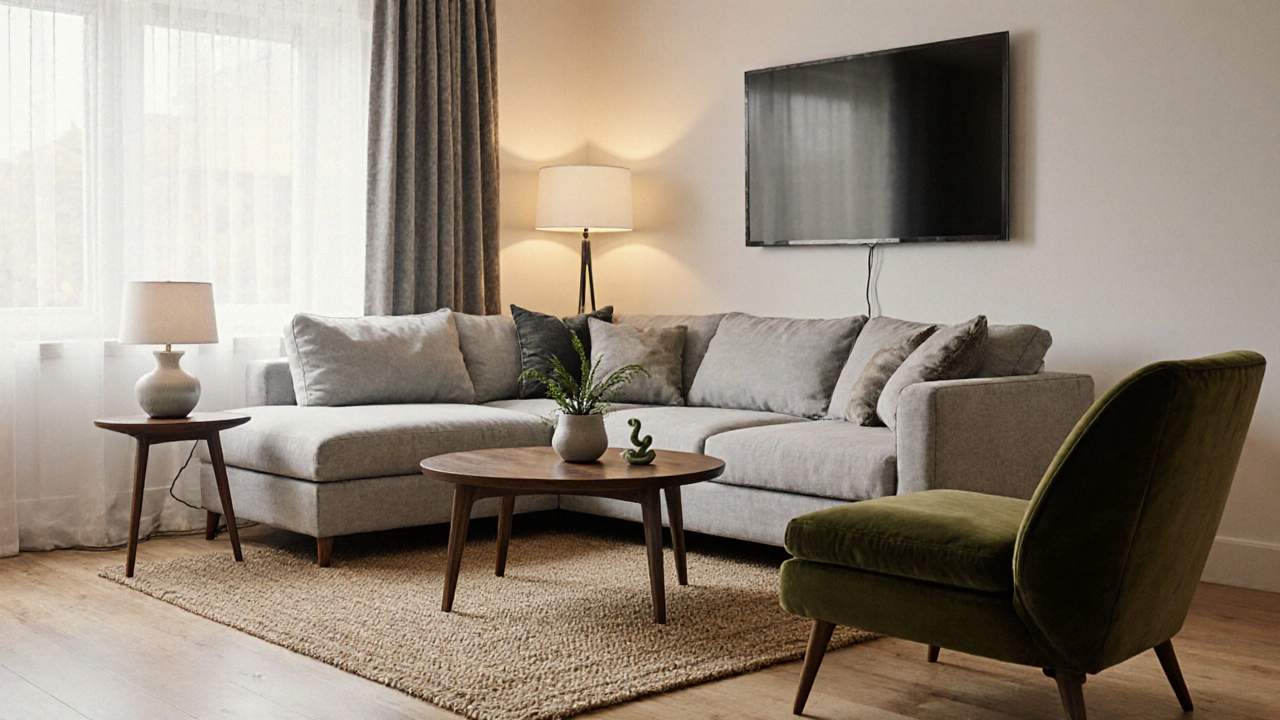
What to Pair With a Corner Sofa: Practical Styling Tips for Real Homes
Learn how to style a corner sofa with the right coffee table, rug, lighting, and storage to create a balanced, functional living room. Practical tips for real homes, not showrooms.
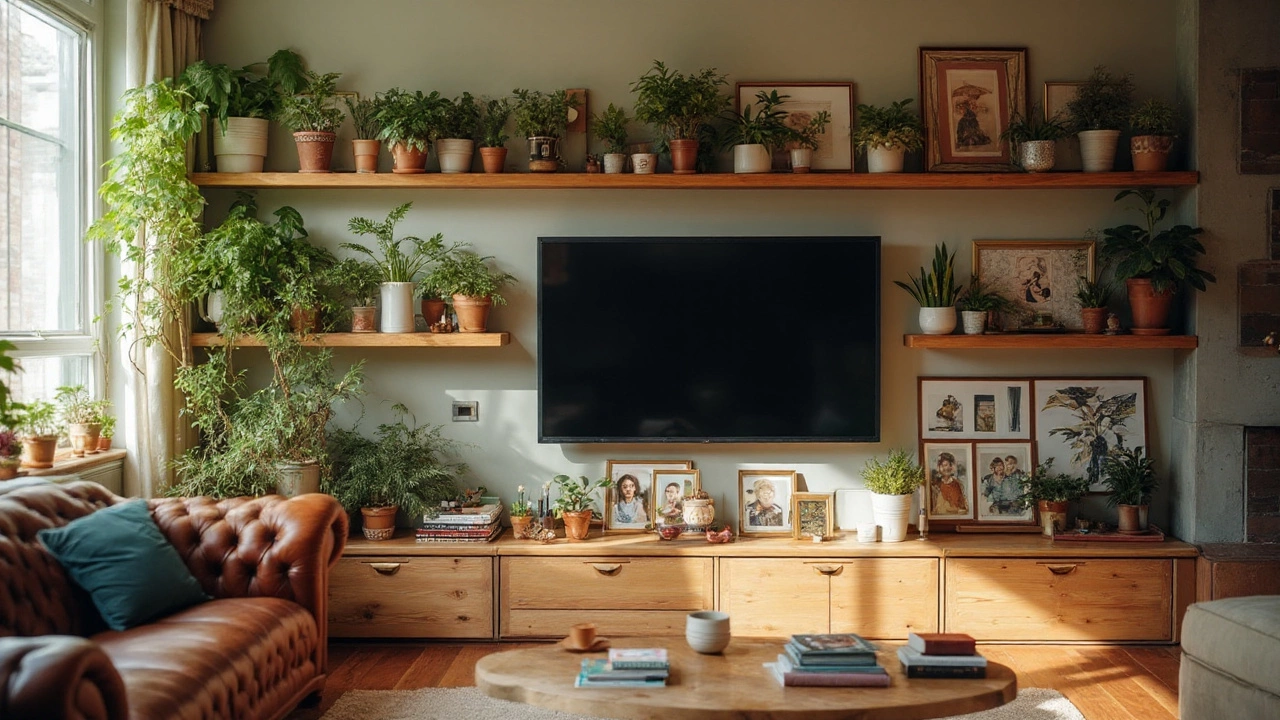
Creative Alternatives to TV Stands: Stylish & Functional Options for Your Living Room
Tired of old-school TV stands? Dive into creative solutions for what you can put under your TV—think storage, design, and personal flair that fits any home.
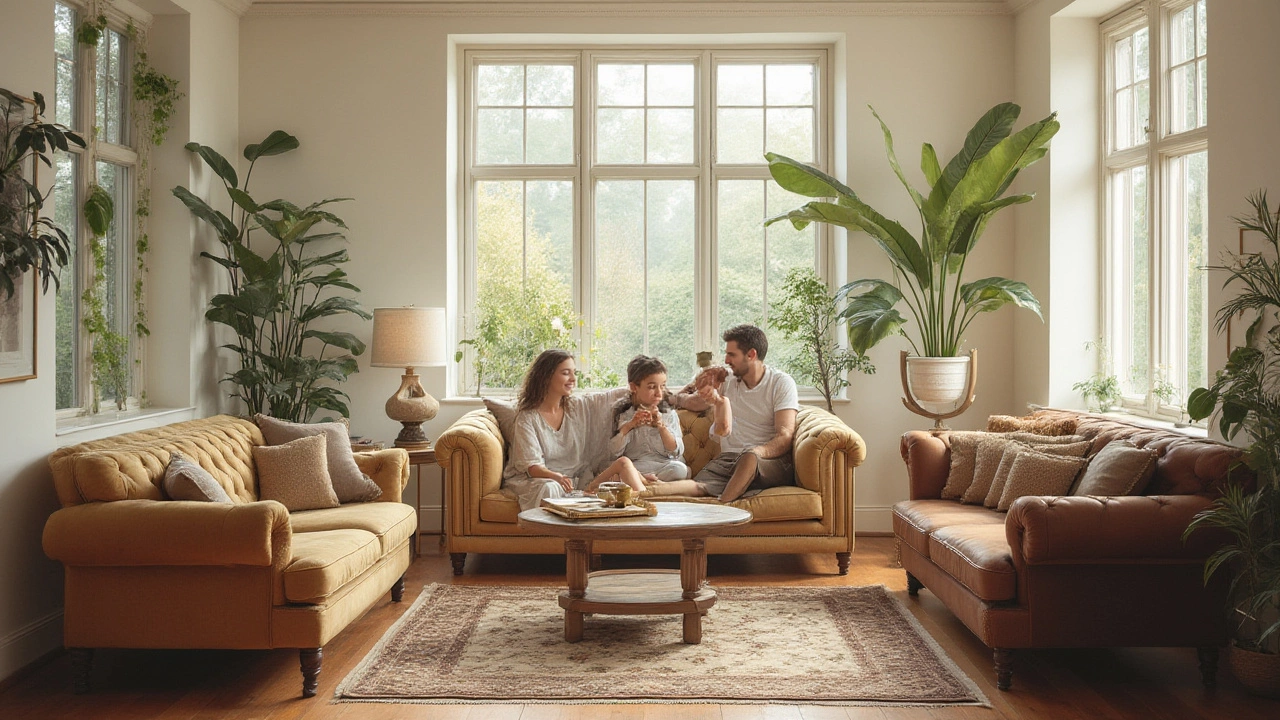
Best Sofa Types for Every Home: A Guide to Choosing the Perfect Couch
What’s the best sofa type for your home? Dive deep into features, comfort, fabric, and style—plus real tips for making the smartest, comfiest choice.
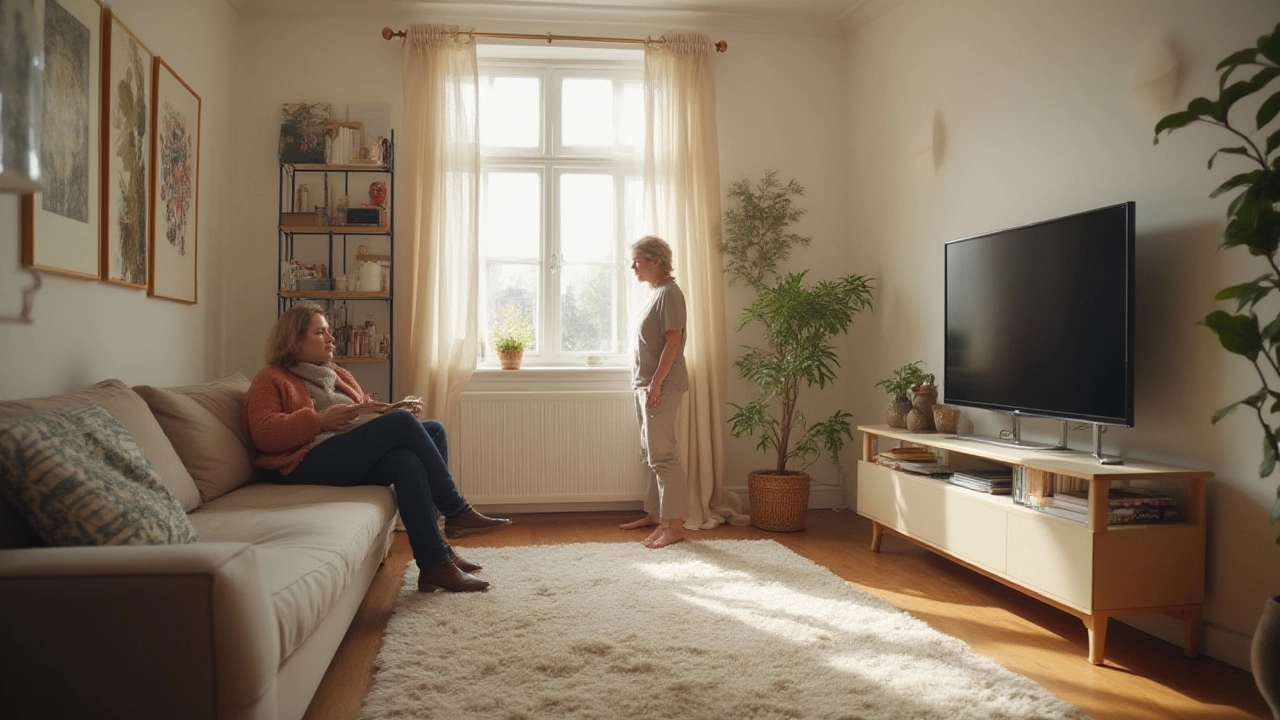
Low vs. High TV Stands: The Real Differences That Impact Your Viewing
Curious about whether to get a low or high TV stand? This article unpacks the comfort, style, and practical facts to help you pick the perfect height for your setup.
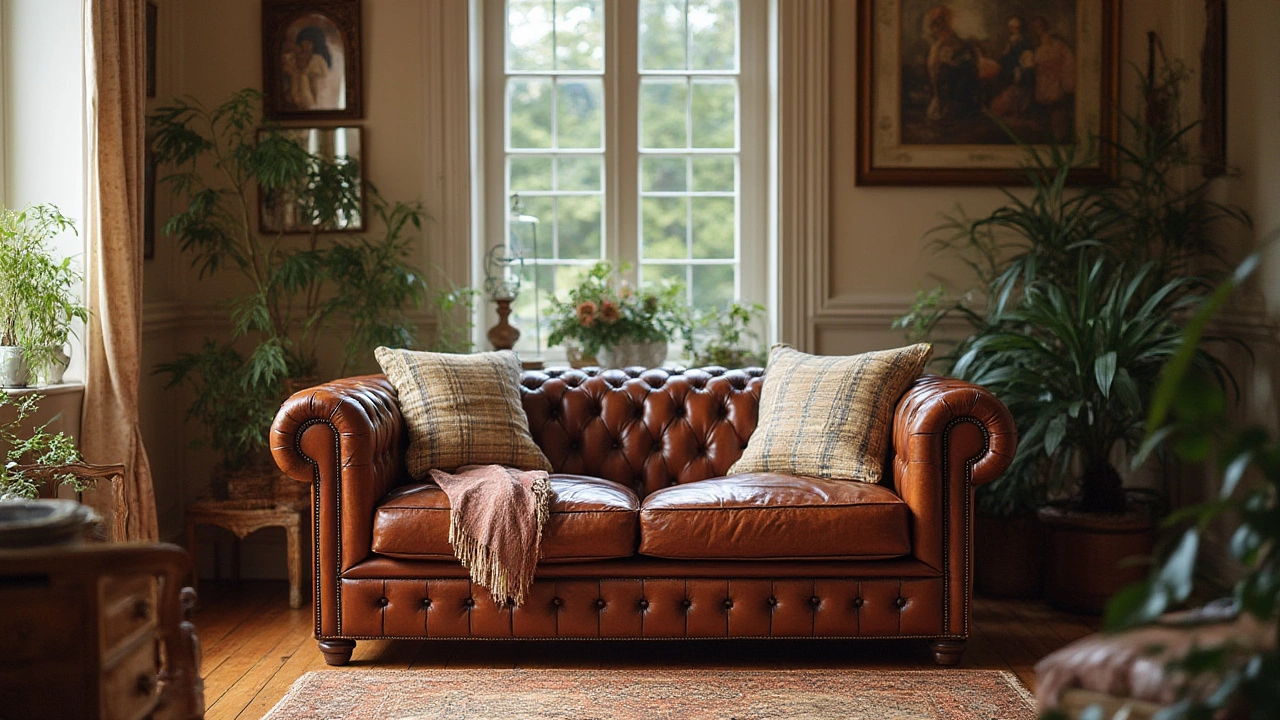
Timeless Sofa Styles: The Best Sofa Designs That Never Go Out of Fashion
Wonder what kind of sofa always looks good? Explore the timeless styles, tips, and real-life proof behind choosing a classic sofa that lasts for decades.
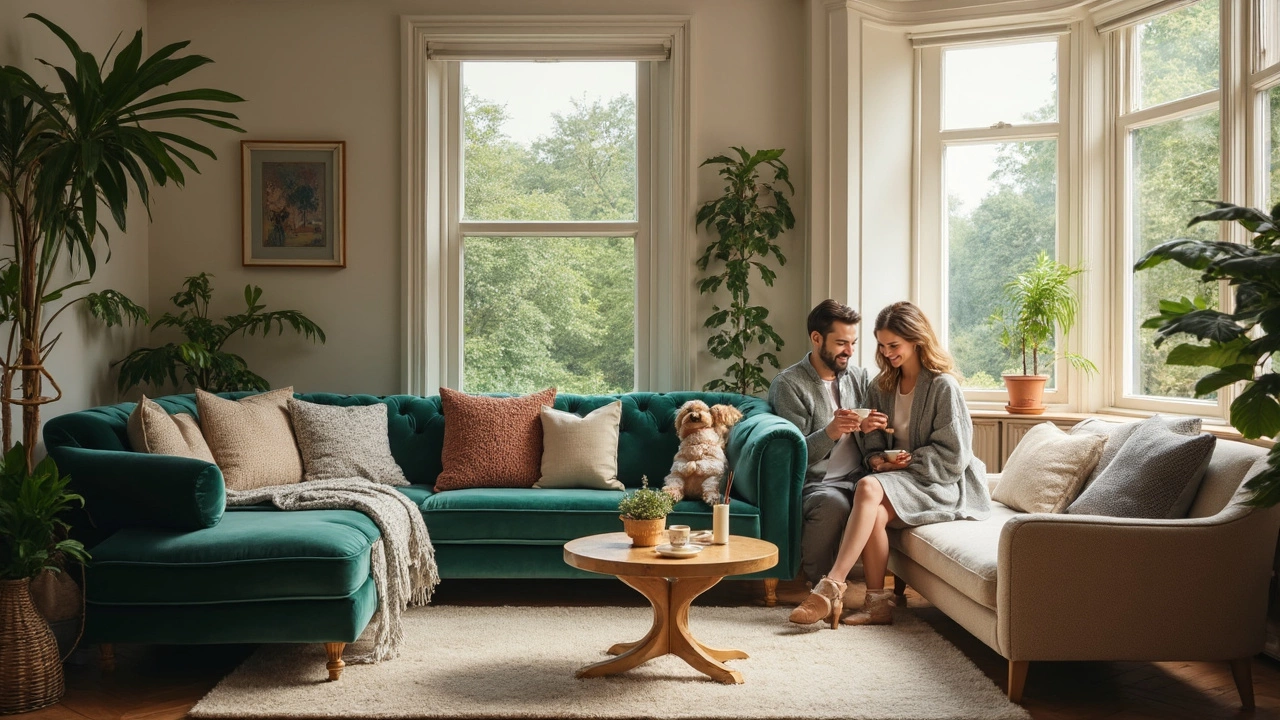
Most Popular Couch Style: What’s Trending for Sofa Sets in 2025?
Looking for the most popular couch style? This article breaks down what homeowners actually want in 2025. Find out which couch styles are dominating living rooms, why they win people over, and what makes them practical. You’ll get straightforward advice on picking the right sofa set for your space, and a peek into the quirky details that make today’s favorites stand out. If you’ve ever gotten lost in a sea of sofa choices, this guide cuts through the noise.
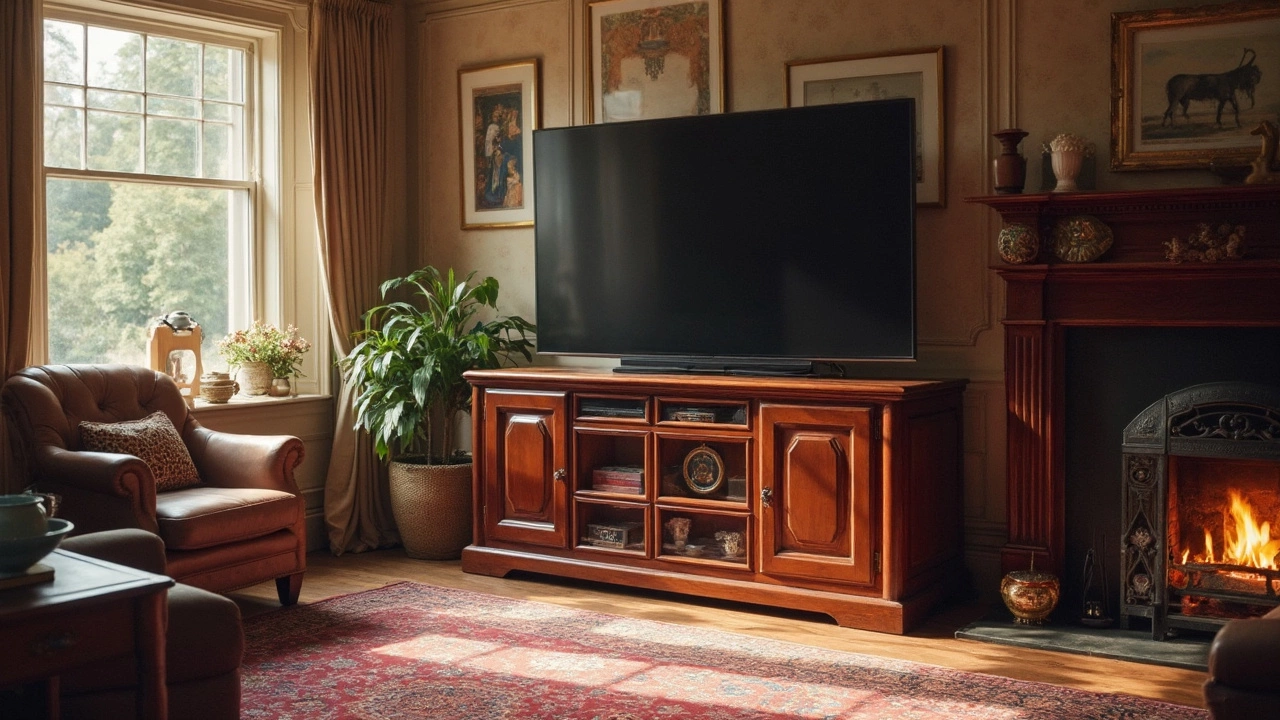
Do You Really Need a TV Stand? Let's Find Out!
Choosing whether you need a TV stand can be a surprisingly tricky decision. While some opt for the traditional stand to enhance their living room decor, others might see it as an unnecessary piece of furniture in the age of wall mounts. It's all about balancing style with practicality—consider the size of your space, your storage needs, and the type of television you own. This guide delves into the pros and cons, helping you decide what's best for your home setup.
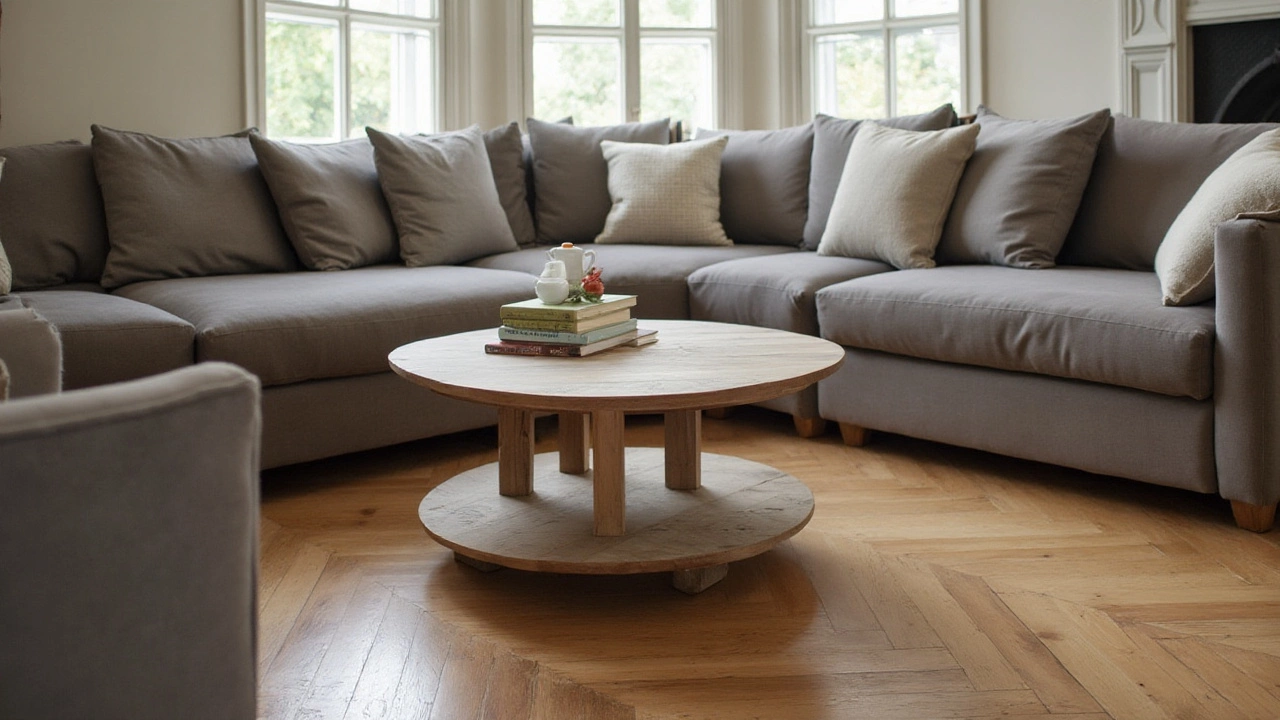
Is a 20-inch Coffee Table Too Tall? Finding the Perfect Height
Choosing the right height for a coffee table involves understanding its functional and aesthetic roles in your living room. A 20-inch coffee table often raises questions about design harmony and usability. This article explores whether a 20-inch height is suitable, taking into account aspects of comfort, room aesthetics, and user convenience. We delve into design advice and expert tips for selecting the ideal coffee table height to enhance your living space experience. Discover the balance between style and practicality to ensure your coffee table meets your needs.
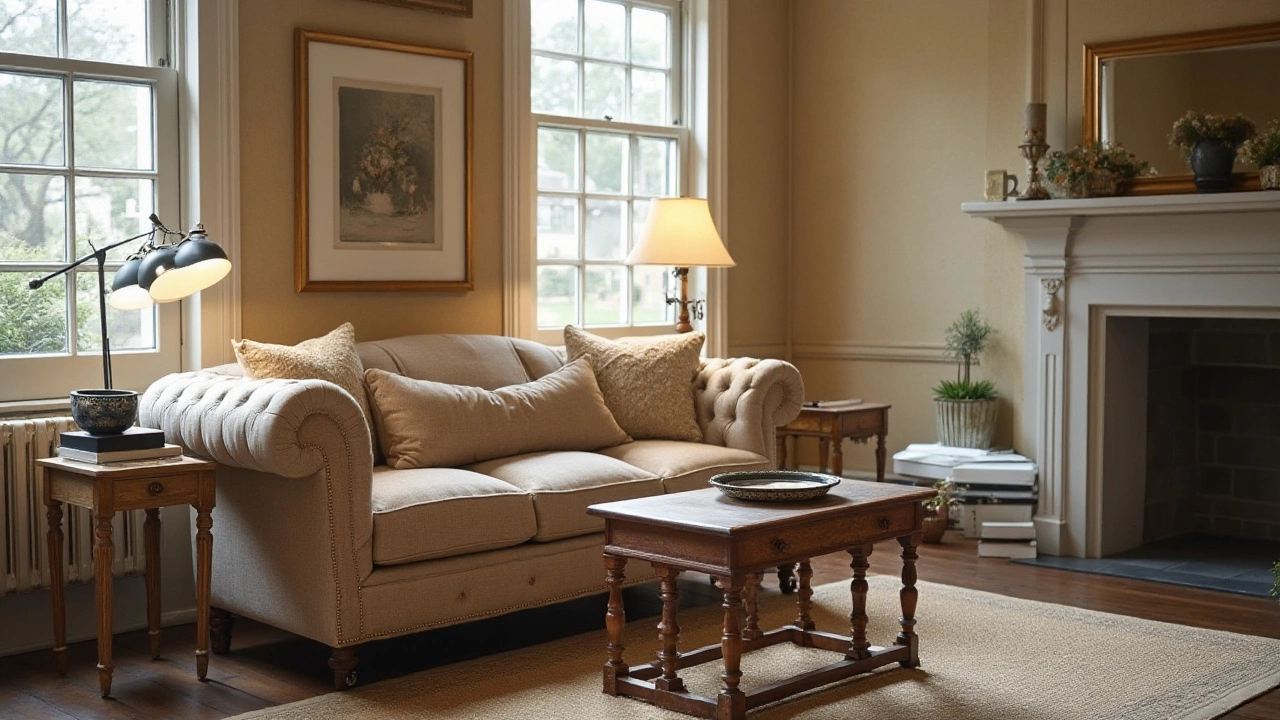
Discovering the Ideal Height for Coffee Tables in Your Living Space
Exploring the intricacies of selecting the perfect coffee table height for your living room is essential for both functionality and aesthetics. This article delves into the standard heights available, along with how to match them with sofas and seating arrangements. It provides insights into design principles and practical tips to ensure your coffee table complements the overall style and layout of your space. Discover how personal preferences and room dimensions play a crucial role in your decision-making process.
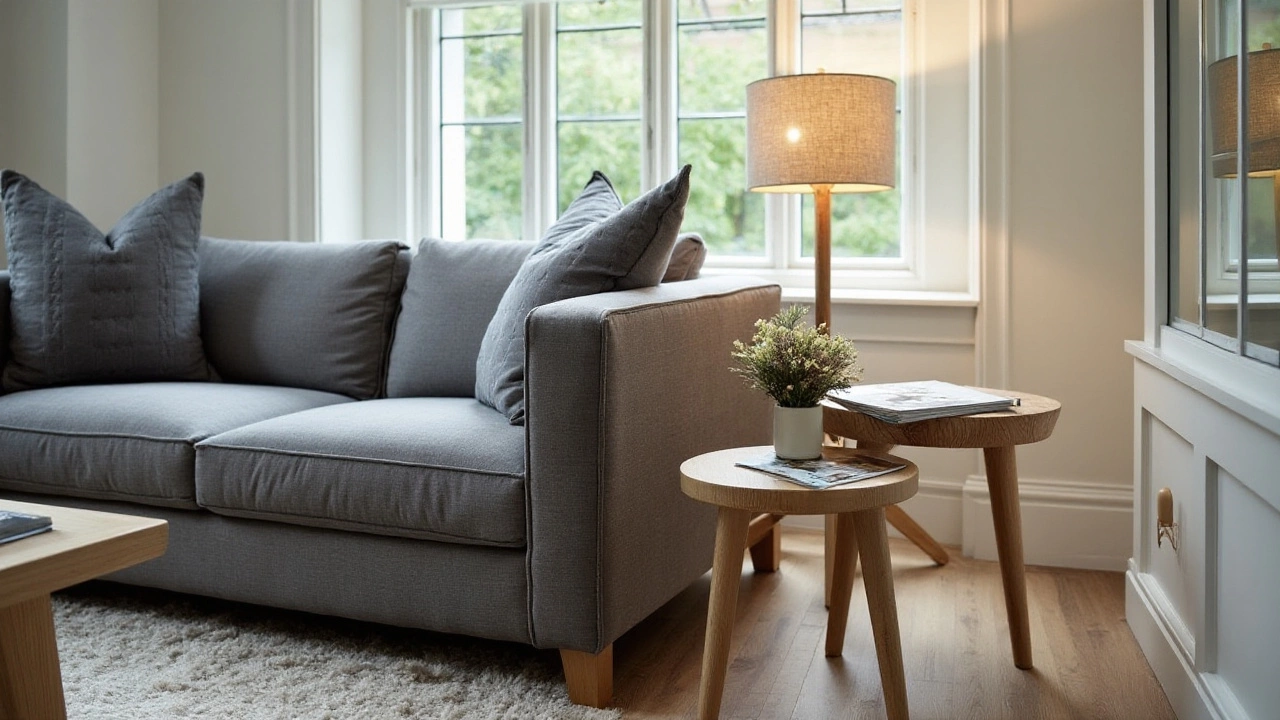
Choosing the Ideal Height for Your End Tables: A Guide for Perfect Balance with Your Couch
Selecting the correct height for end tables relative to your couch is essential for both aesthetics and functionality. This article explores the factors to consider when deciding whether end tables should be higher or lower than your couch. It provides practical tips and insights to help you create a harmonious and ergonomic living space. The right balance can enhance the look and accessibility of your living room, making it a welcoming retreat.
